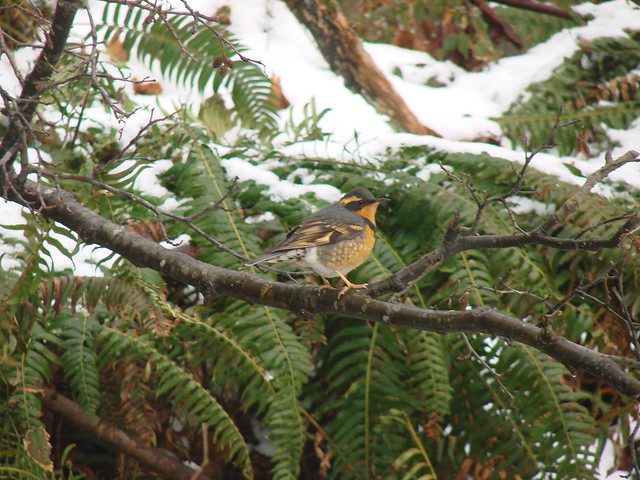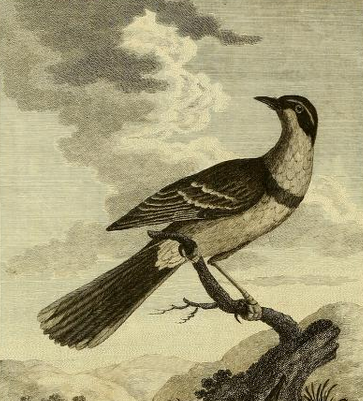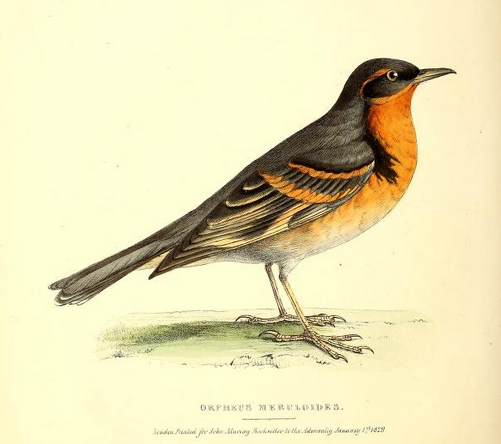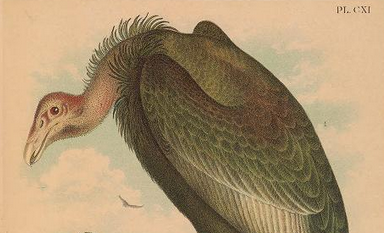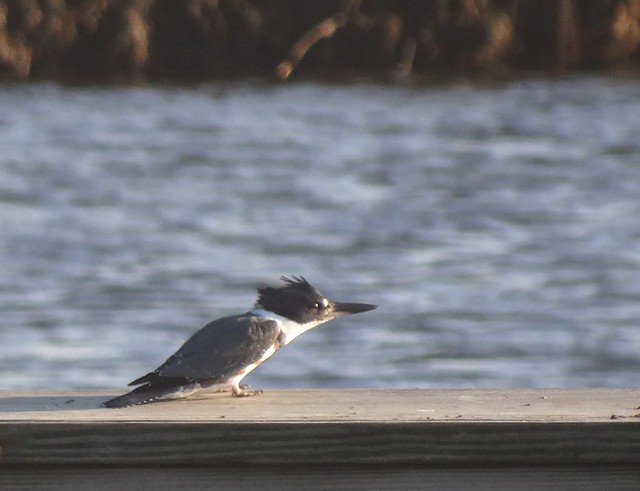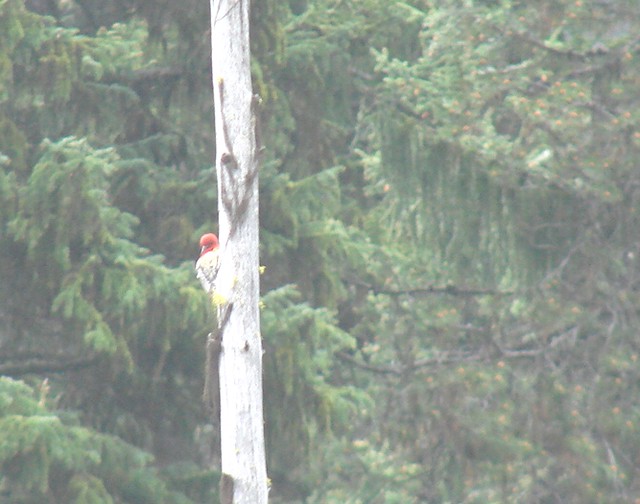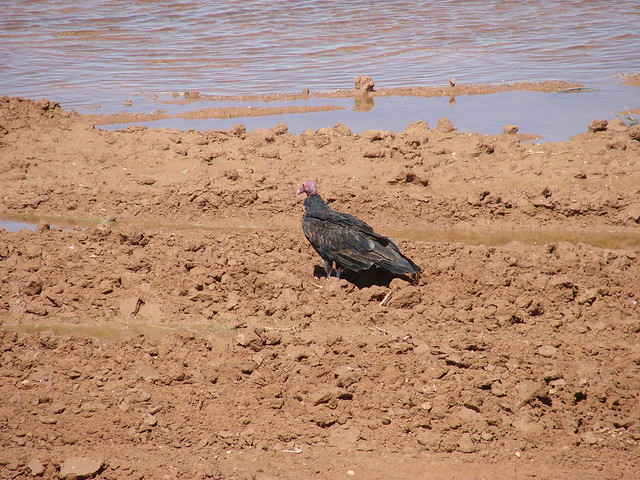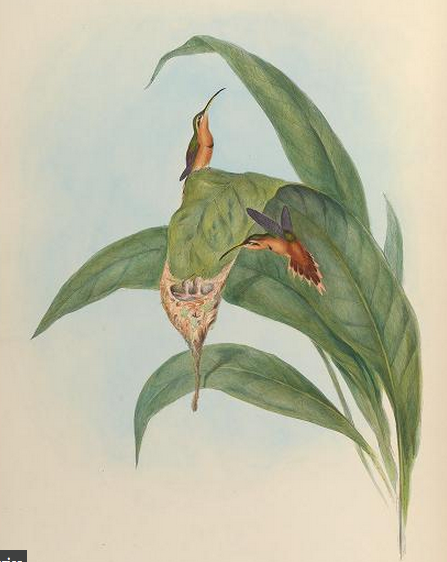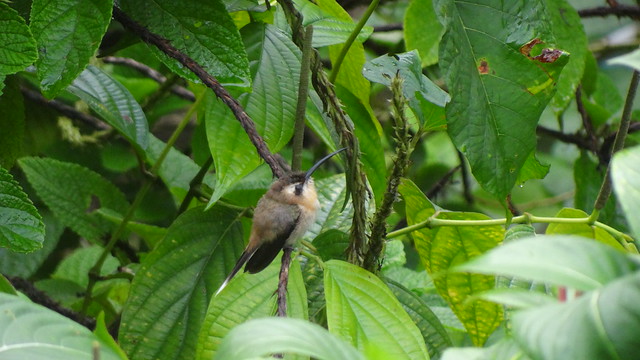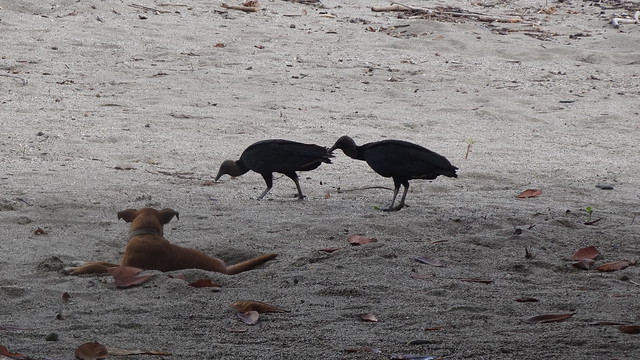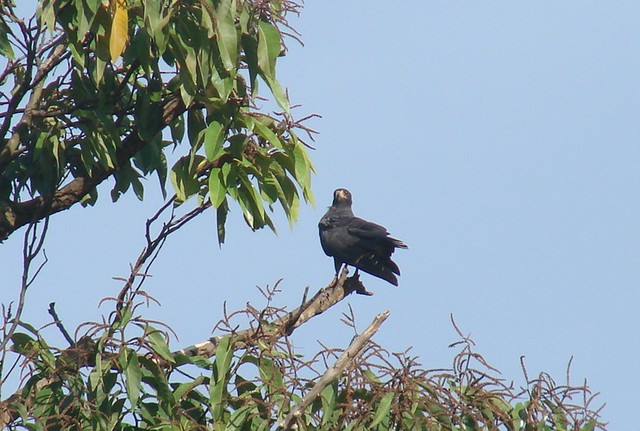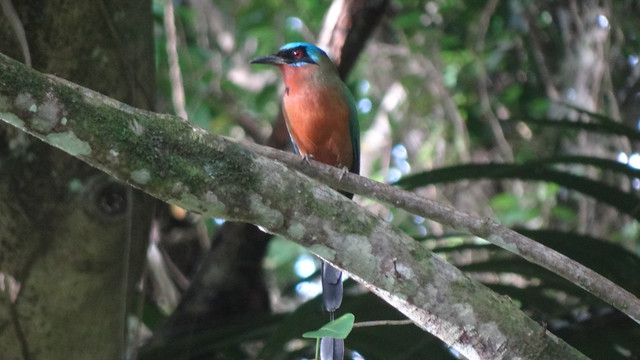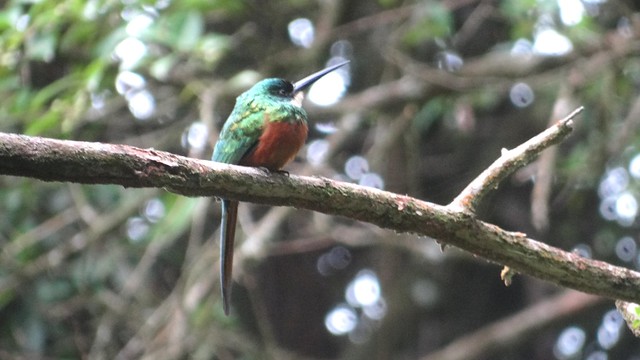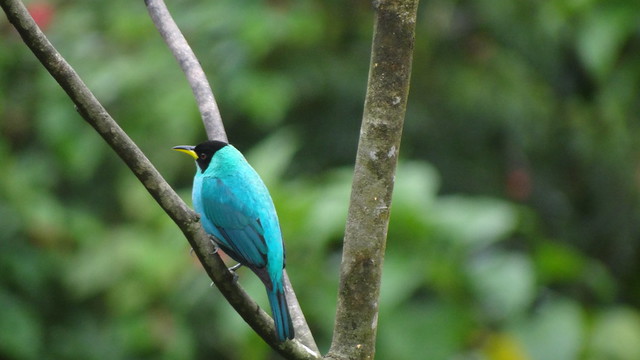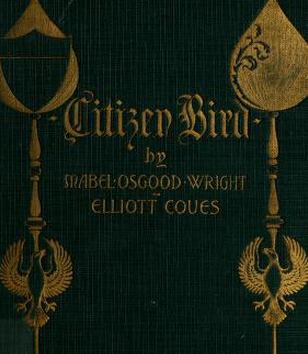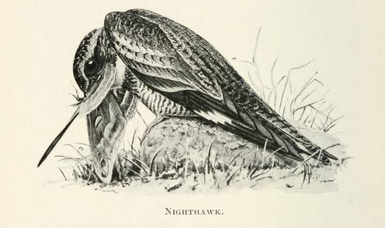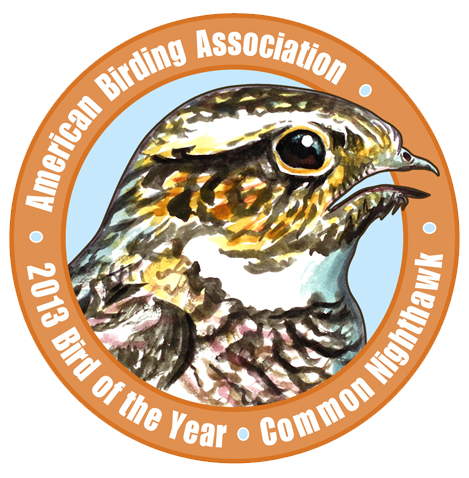Among the birds from the final voyage of James Cook sent back to England was a new thrush, collected at Nootka Sound in what would later be British Columbia. The skins wound up in the collection of Joseph Banks, the naturalist on Cook’s first expedition, who passed them on to John Latham to prepare the formal description.
Latham named the bird the Spotted Thrush, a name taken over into scientific Latin a few years later by Gmelin as Turdus naevius, the “thrush with freckles.”
I’ve wondered for years just what those spots and dots were meant to be, and now, thanks to The Marvel That Is The Internet, there’s no reason to guess. We can know.
Latham says that the coverts of the wing are
ash-colour; the lesser ones plain; all the others marked with a ferruginous triangular spot at the tip: the prime quills dusky; each feather marked with two ferruginous spots on the outer web, one near the base, the other about the middle; the second quills have one of these marks near the end, but paler.
Those intricate wing markings are the only “spots” Latham’s account mentions. Gmelin, too, fidus interpres that he was, points out the same “macula” and no others.
Thomas Pennant, writing two years after Latham published his description, was apparently less impressed by the bird’s freckled wing and more interested in the overall pied aspect of its plumage. Pennant gave us both one of the least successful portraits ever of the species and its enduring English name, Varied Thrush.
Pennant’s plate is so bad, in fact, that it misled Swainson and Richardson, who had access only to a single, molting specimen, to deny that the bird was a thrush at all:
it exhibits unequivocal indications of those characters by which Orpheus [the thrashers, catbirds, and mockingbirds] is so decidedly separated from the true Thrushes…. This opinion is, in a great measure, confirmed by the figure of Pennant, where the tail is represented as rounded, and fully as long as the wings, a structure which precisely agrees with the American Mocking-bird.
In order to “express what appears to us its real affinities,” Swainson coined new English and scientific names for the bird, Orpheus meruloides, the Thrush-like Mock-bird.
Swainson’s view didn’t really catch on. Audubon, with “numerous specimens of this Thrush in [his] possession,” which he compared carefully to skins of the American Robin and “another new Thrush from Chili,” came to the
opinion that both these and the Chilian species are as nearly allied as possible, and therefore ought to be considered as true Thrushes….
With few and infrequent exceptions, such as the brief entry in Lesson’s Notices of 1840, ornithology has agreed with Audubon. In January 1854, though, almost three years to the day after the old man’s death, Charles Bonaparte went out of his way to take a cheap shot at his erstwhile friend:
Notwithstanding the efforts of the pen and the paintbrush of the famous ornithologist Audubon, Turdus naevius, Gm. (Orpheus meruloides, Sw.), is neither a Turdus thrush [Bonaparte: Grive] nor even a mimid [Chanteur], but a teniopterian bird, the type of my new genus Ixoreus.
That is simply mean-spirited, and Bonaparte deserved what he got when Philip Lutley Sclater pointed out that the ornithologist prince had been far more confused than either Audubon or Swainson:
The true type of Prince Bonaparte’s .. Ixoreus … is, as I know from its having been pointed out to me by the founder [viz., Bonaparte] in the Jardin [des] Plantes’ collection, the S[outh] American Taenioptera rufiventris….
If I’ve run the synonymies correctly, Taenioptera rufiventris is an obsolete name for the Streak-throated Bush-Tyrant. Thus, even as he ridiculed Audubon for his taxonomic naivete, Bonaparte was confusing the Varied Thrush with an entirely different bird, a lovely neotropical flycatcher.
Audubon’s old protégé Spencer Baird, on learning of Bonaparte’s confusion, decided to drop Ixoreus entirely, and coined the new and very pretty genus name Hesperocichla for the thrush. Not until 1902 did Charles Richmond restore the name Ixoreus:
it is yet plain that [Bonaparte’s] term was based upon Gmelin’s name.
His heart, in other words, was in the right place, and Ixoreus it has been always since.


